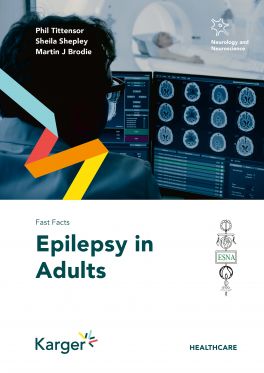Description
Epilepsy is the most common serious neurological condition in the world; however, it is not a homogeneous disease. While some epilepsies spontaneously remit, some are lifelong and others have a variable prognosis. With a growing array of targeted therapies, specific syndromes need to be identified and characterized so appropriate treatment can be given. For others, there are surgical options, and over the last few years, significant advances have been made in neurostimulation. This resource focuses on the management of epilepsy in adults; its sister publication, Fast Facts: Epilepsy in Children and Adolescents', on the treatment of children and adolescents. The authors have provided a succinct and practical resource that will help clinicians investigate, diagnose and treat adults with a wide variety of seizure disorders; it will also help people with epilepsy better understand and manage their condition. Table of Contents: • Epidemiology and prognosis • Classification and causes of seizures, epilepsy types and syndromes • Diagnosis • Pharmacological management • Antiseizure medications • Non-pharmacological management • Status epilepticus and seizure clusters • Specific populations • Comorbidities, quality of life and education • Psychogenic non-epileptic seizures • Research directions

